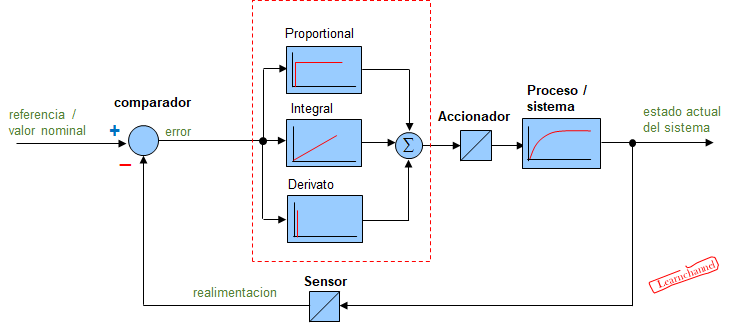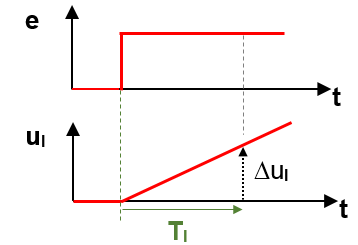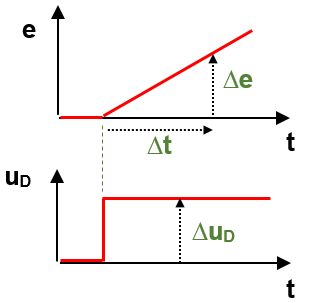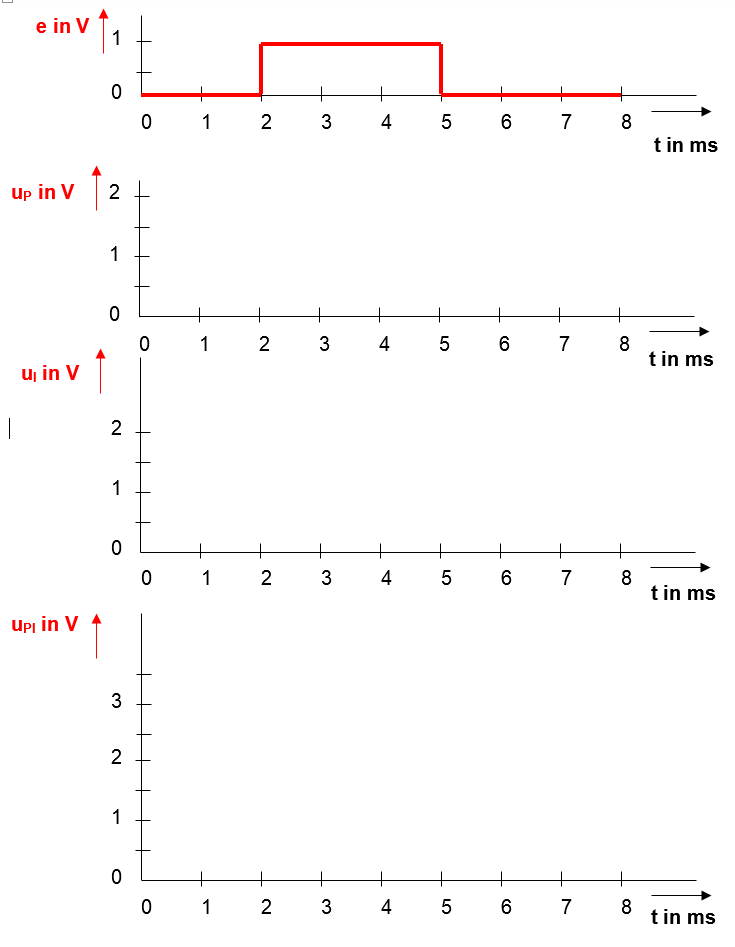English
Deutsch
Português
Español
- Sistema de control en lazo cerrado
- Control ON/OFF
- Controlador de Tres Posiciones
- Reguladores analógicos
- Sistemas regulados
- Diferencia entre el sistema de control de consigna y el sistema de control de seguimiento
- Ejercicios de Ingeniería de control
- Aplicación de la Transformada de Laplace en sistemas de control
- Vídeos sobre ingeniería de control
- Índice Sistema de control en lazo cerrado
Home ⇒ Nuestros cursos ⇒ Sistema de control en lazo cerrado ⇒ Reguladores analógicos
Controladores Analógicos o Controladores PID
Exemplos de controles analógicos: controle de velocidade, controle de posicionamento, controle de torque, controle de tensão, etc. O que todos esses controles têm em comum? Eles controlam um sistema / proceso rápida!

Sistema de Control en lazo cerrado con control PID
En el siguiente vídeo se explica el funcionamiento de un controlador PID:

Respuesta al escalón de un controlador
Analizar el funcionamiento del controlador
Principio: Se aplica un salto de tensión de 1V a la entrada del controlador. Los parámetros del controlador se determinan mediante la respuesta de salida. Consideramos las acciones P, I y D por sí solas:
.
Controlador proporcional (o controlador P)
Un controlador P tiene una señal de salida v(t), que es proporcional al error de control (v ~ e) sin retardo. Tan pronto como el error de control vuelve a 0, este controlador también tiene la señal 0 V a la salida.

step response P-controller
Determinar el parámetro del factor de ganancia proporcional Kp:
Kp = Δ u / Δe
Aunque el regulador P reacciona inmediatamente, ¡un regulador P tiene una desviación de regulación permanente!
Controlador integral (o controlador I)
La parte integral se utiliza para la optimización porque puede reducir una desviación de control a cero. Como puede verse, la salida integral aumenta constantemente mientras siga existiendo una desviación de control. Cuando la desviación de control es cero, la salida I permanece en su valor constante y sólo se reduce de nuevo por una desviación de control de signo contrario.

step response Integral-controller
Determine los parámetros del controlador I:
Dado que la señal de salida del controlador I crece constantemente durante una desviación de control, relacionaría la pendiente del controlador I con la señal de entrada e:
Ganancia integral Ki:
KI = (Δ u / Δt) = (u – u0)
/ Δ e (Δt * Δe)
La unidad de esta ganancia integral Ki es 1/s. Como este parámetro es difícil de entender para el usuario, se utilizaría el llamado tiempo integral, que representa el recíproco:

Integral-time I-controller
Tiempo integral TI = 1 / KI = (Δ t * Δe ) / Δu
.
En pocas palabras: Ti es el tiempo que transcurre hasta que la salida iguala el nivel de la señal de entrada.
.
.
Controlador D o diferencial
La parte diferencial también se utiliza para la optimización. Con su fuerza, el regulador reacciona muy rápidamente a un cambio en la desviación del control. También reduce el rizado de control.

step response D-controller
El controlador D reacciona a un cambio en la desviación de control. Problema: No se puede deducir ningún parámetro de un controlador D a partir de la respuesta al escalón. Sugerencia: Como señal de entrada, utilizamos una rampa:

Determine parameter of a D-controller
Ganancia derivativa KD
KD = Δ u _ _ = Δ u * Δt
. Δ e / Δt Δe
.
..
.
.
Prueba de opción múltiple
![]()
Ejercicio: Respuesta escalón de un controlador PI
Empíricamente, se ha configurado el controlador PID lo mejor posible con los siguientes parámetros: KP = 1.5, Ti = 0.002 s
Se aplica un salto de tensión de 1 voltio a la entrada del controlador. Complete la respuesta escalón de la fuerza P e I así como el controlador PI combinado en la hoja de soluciones.

Exercise Step-response PI-controller
...

